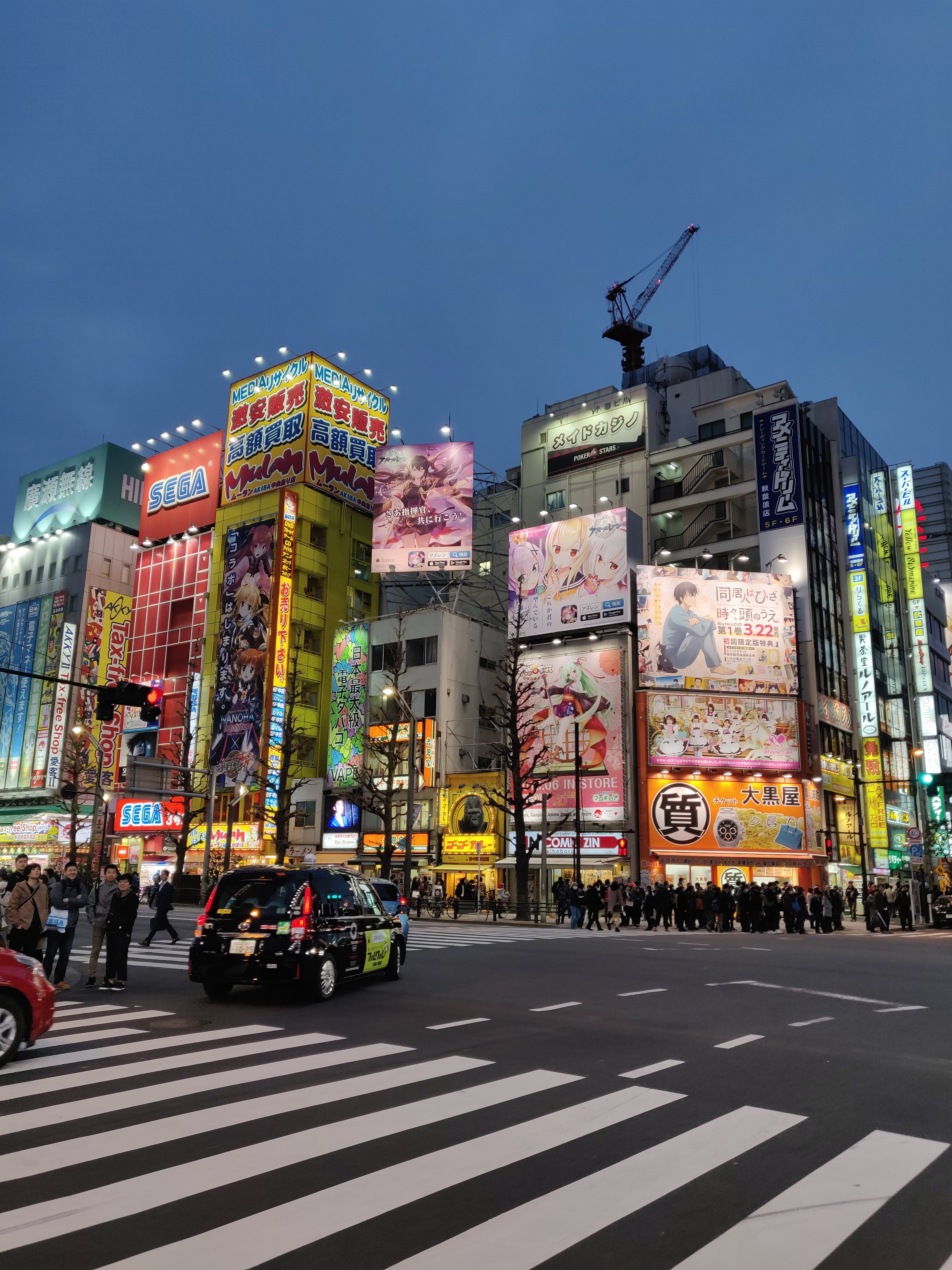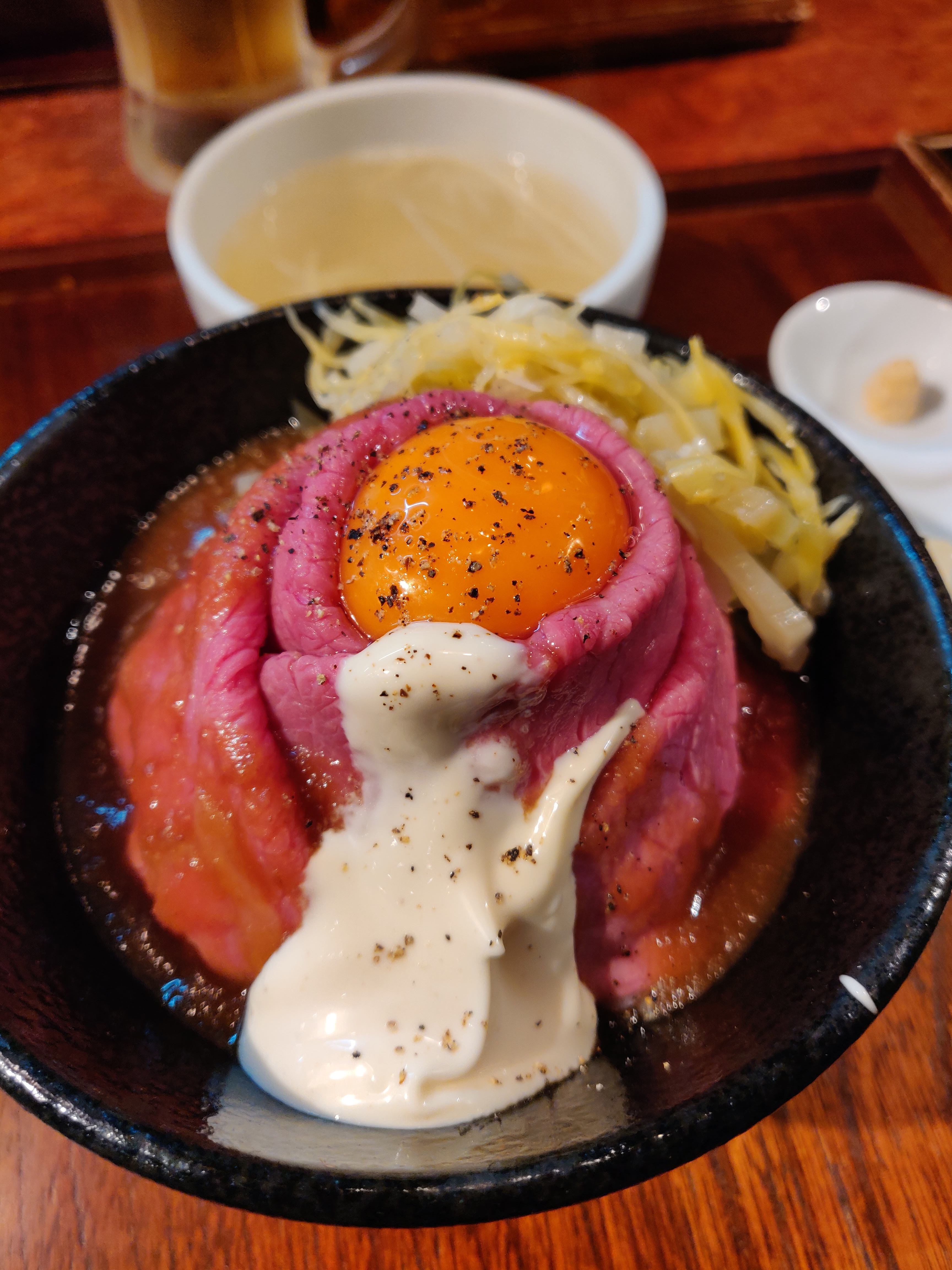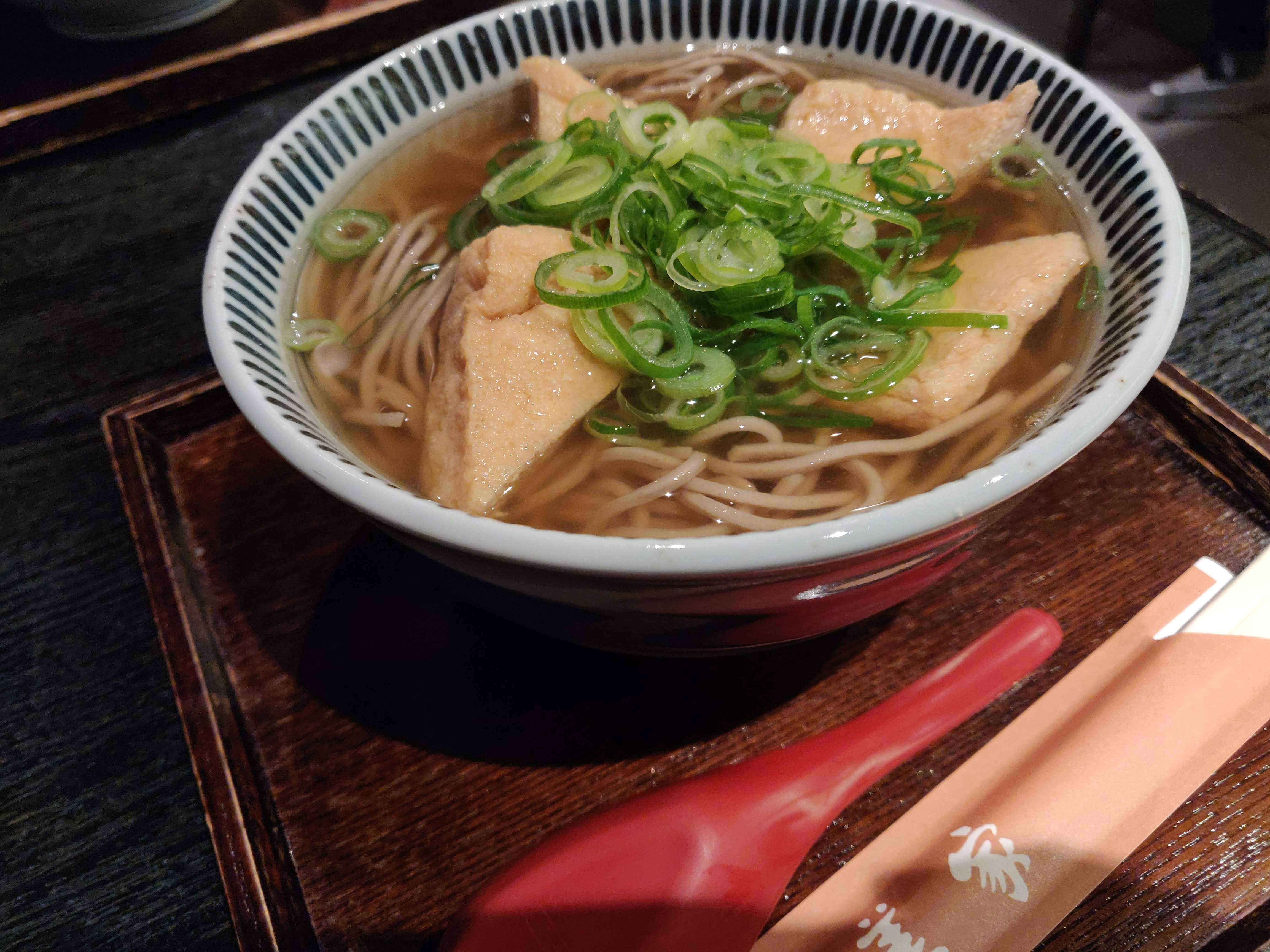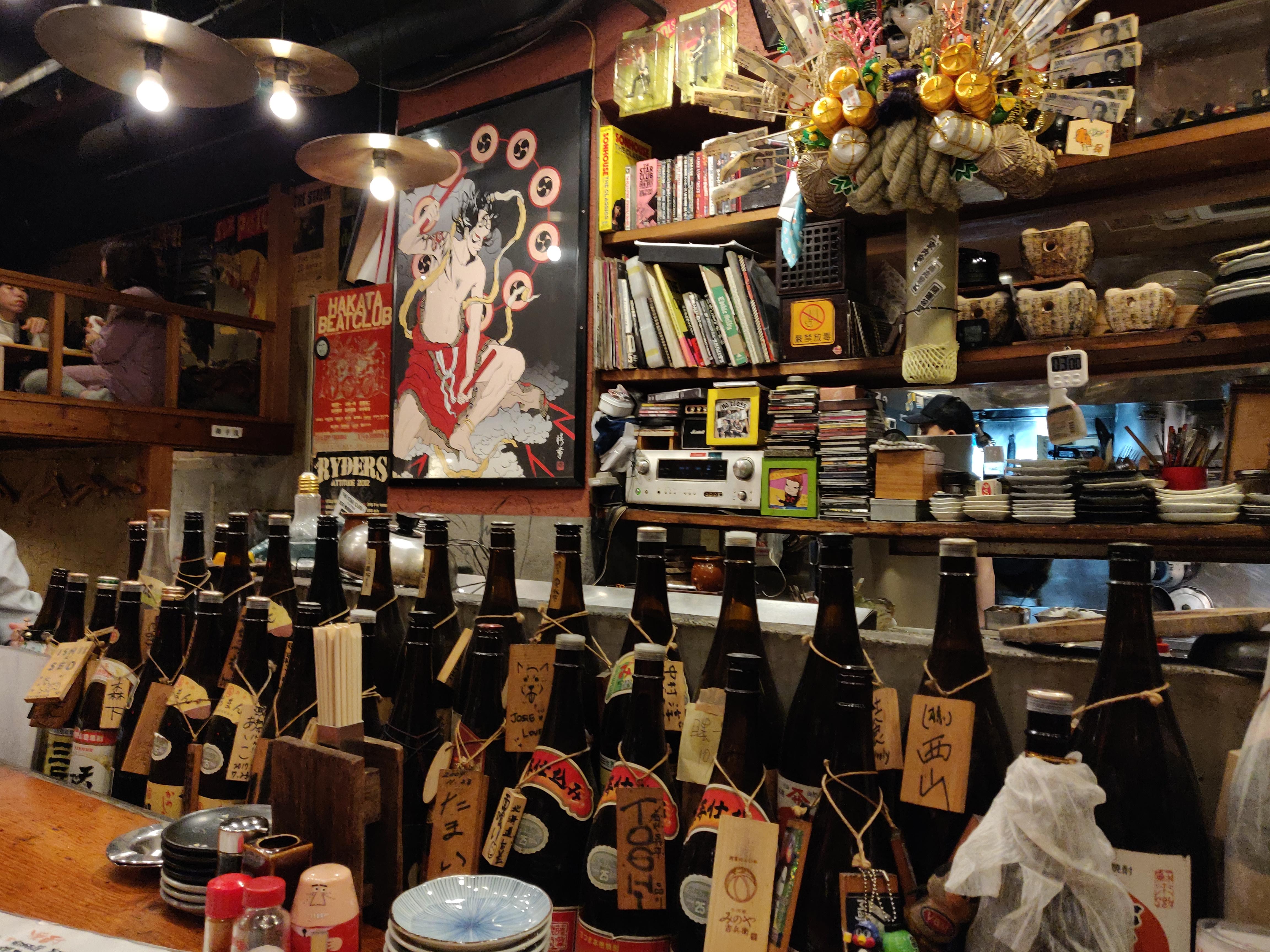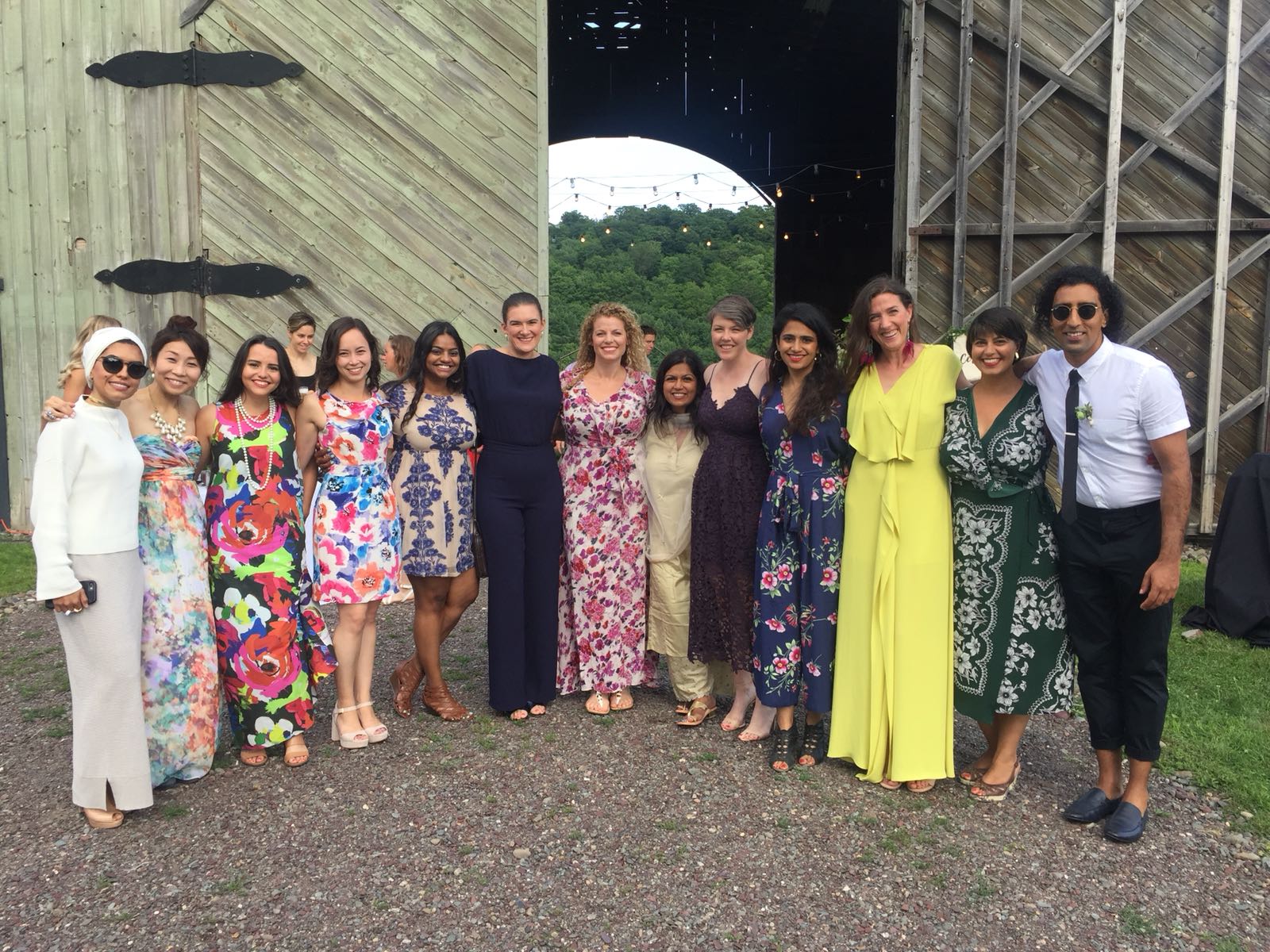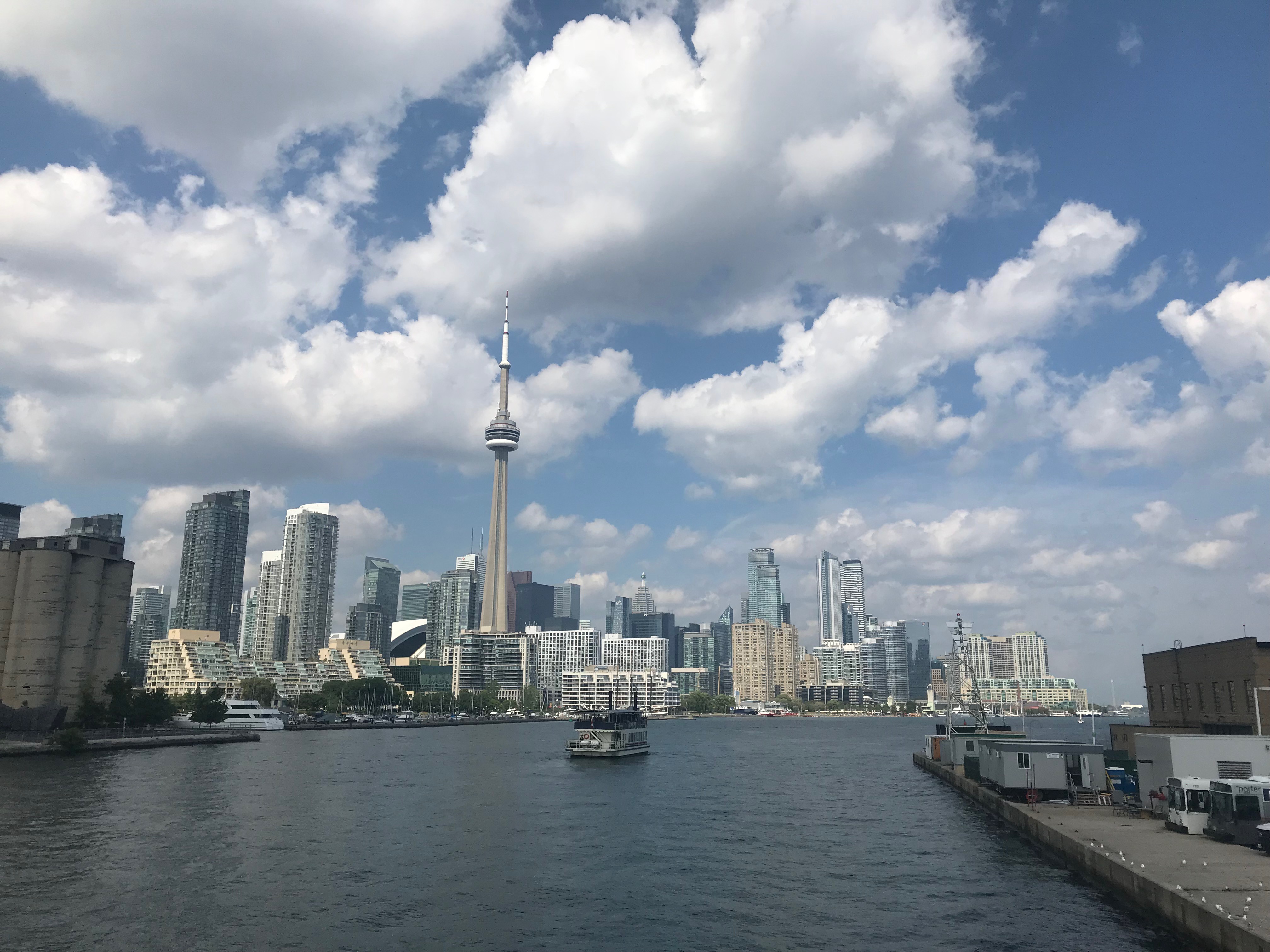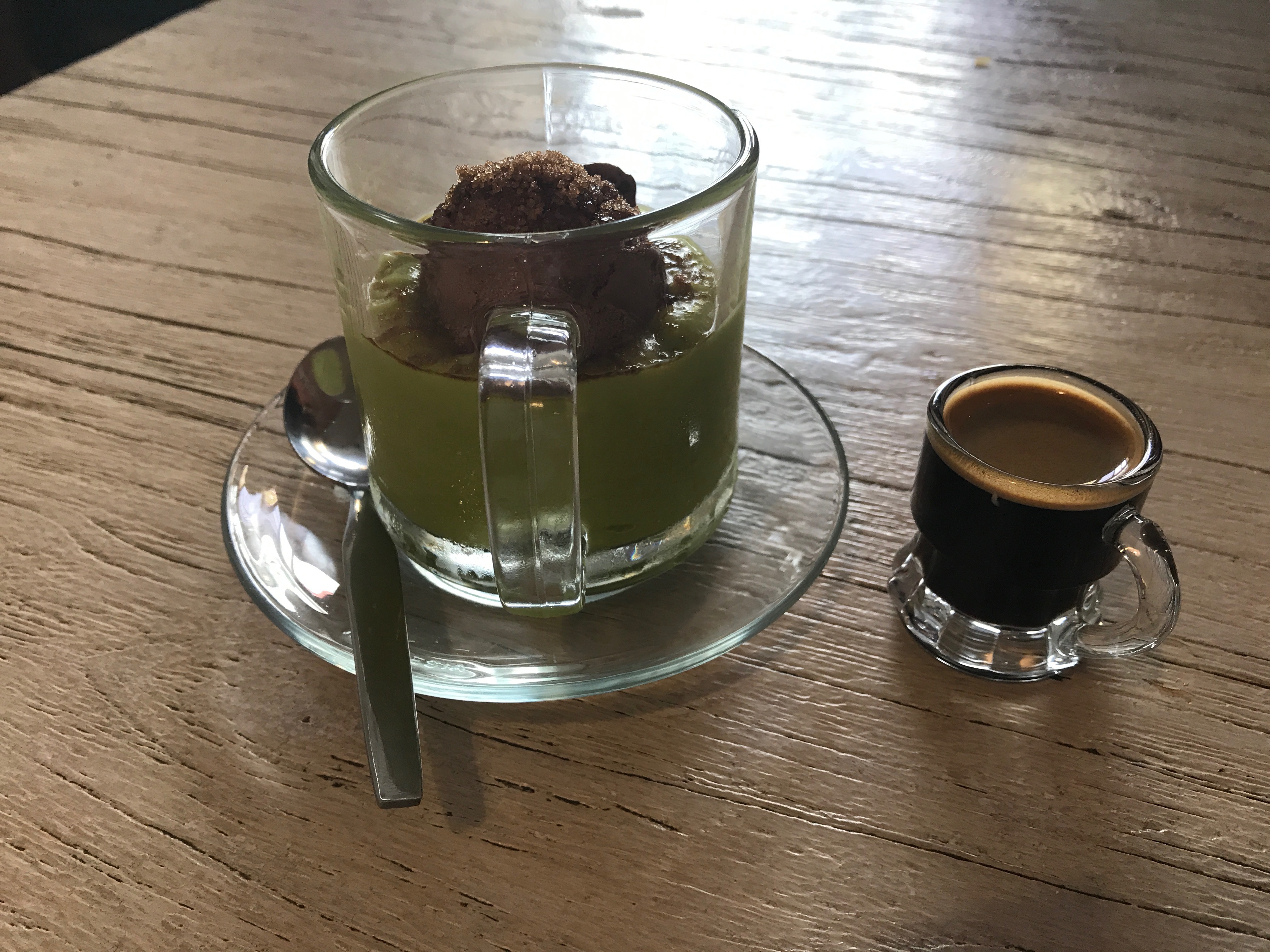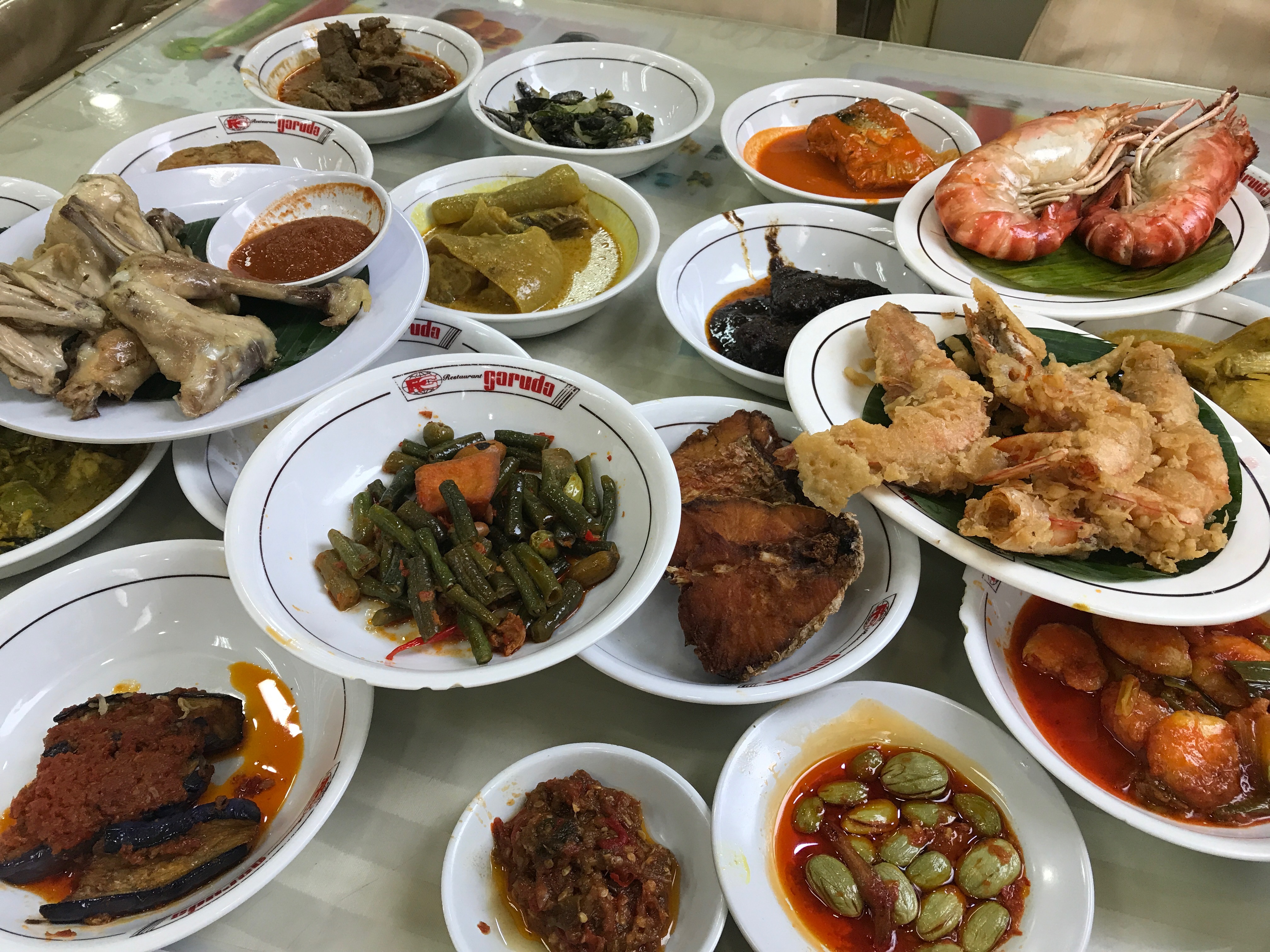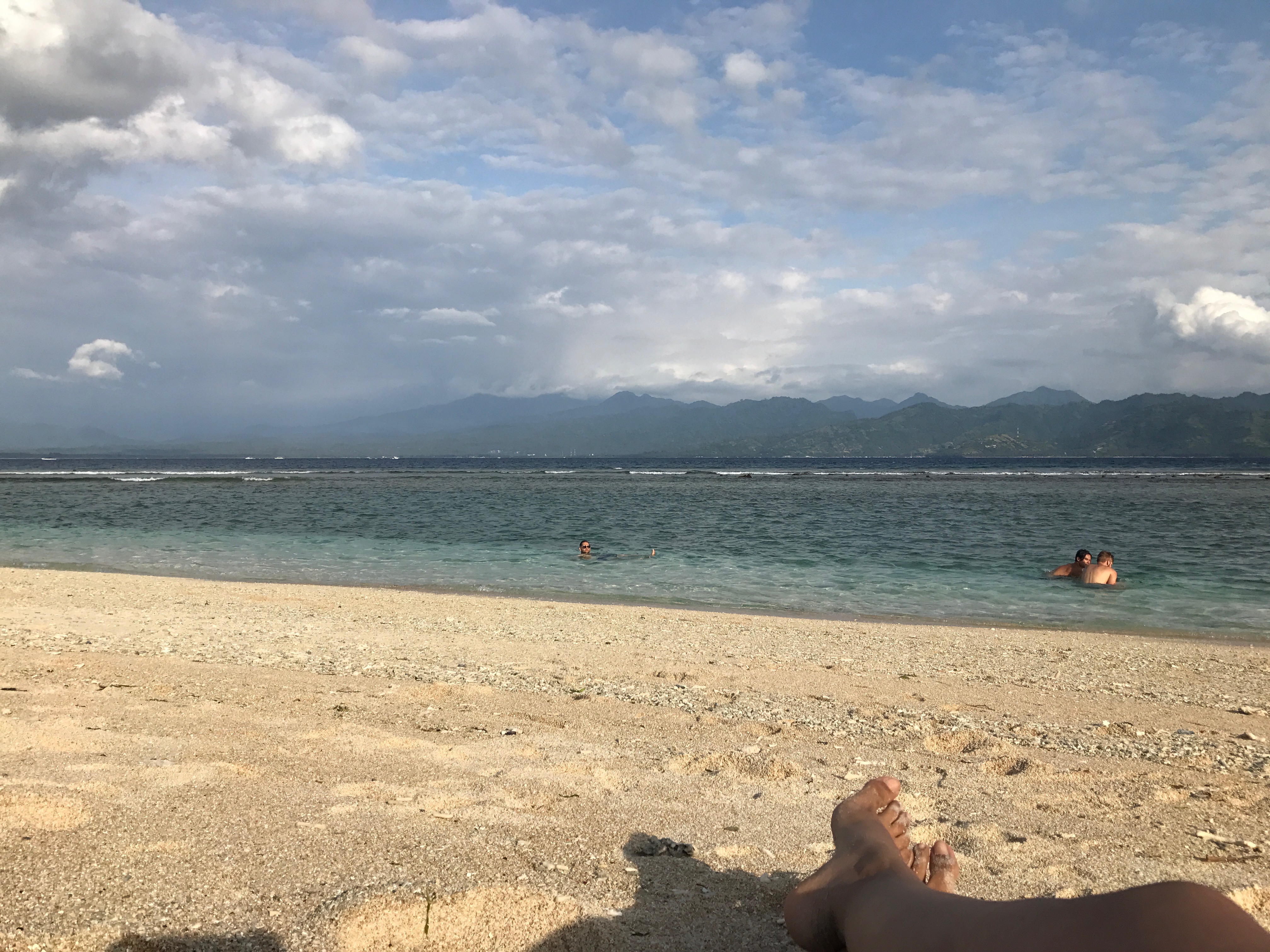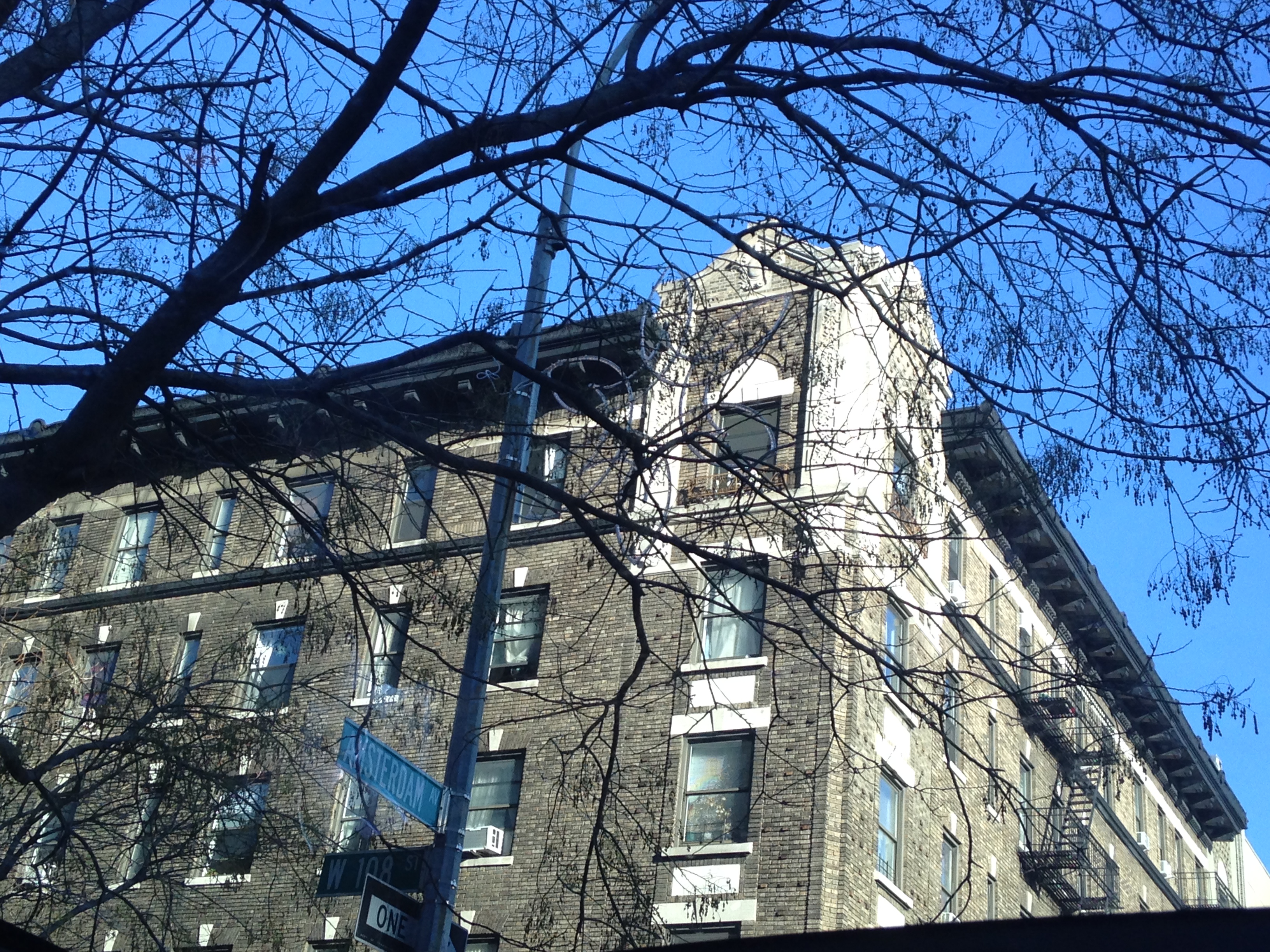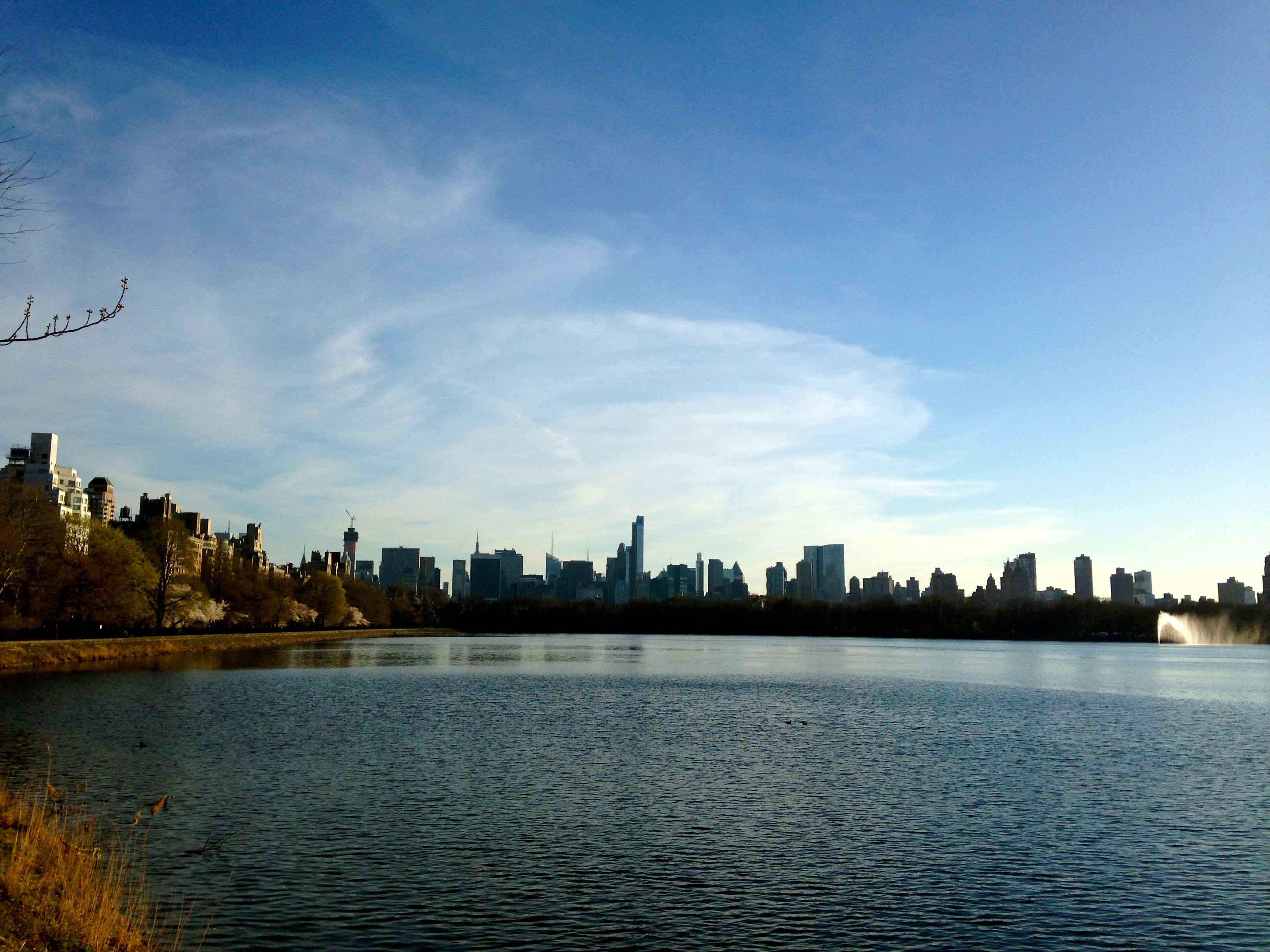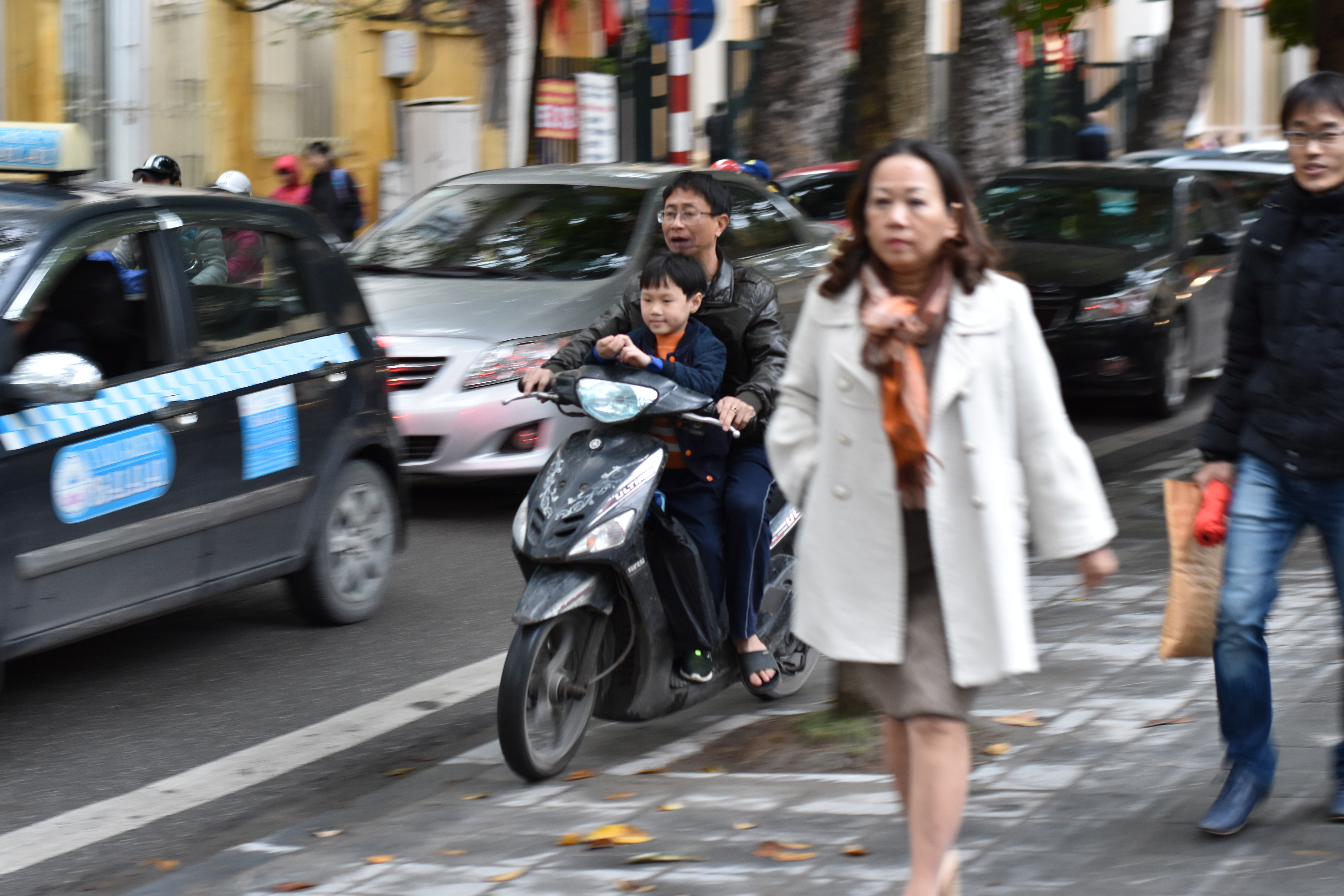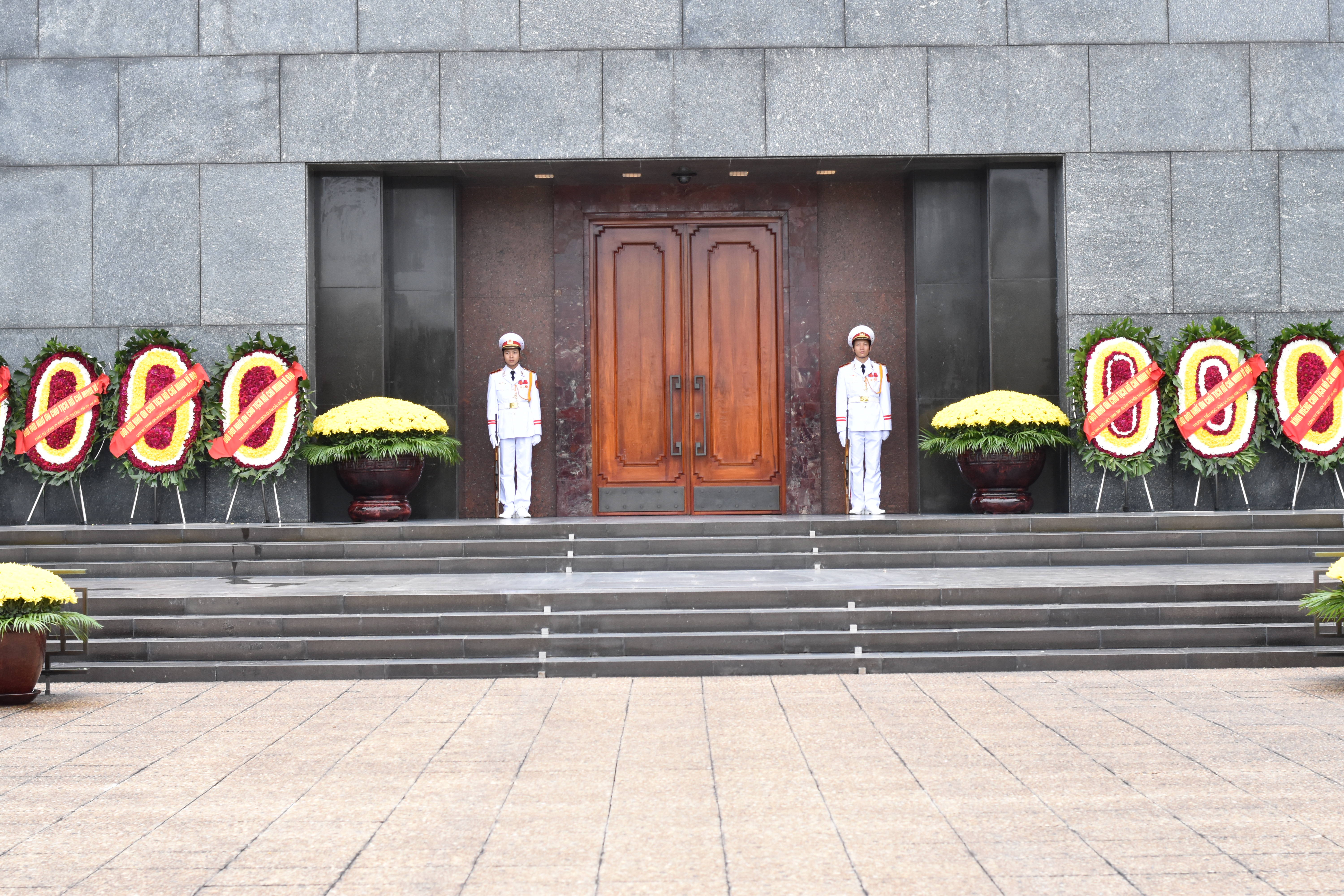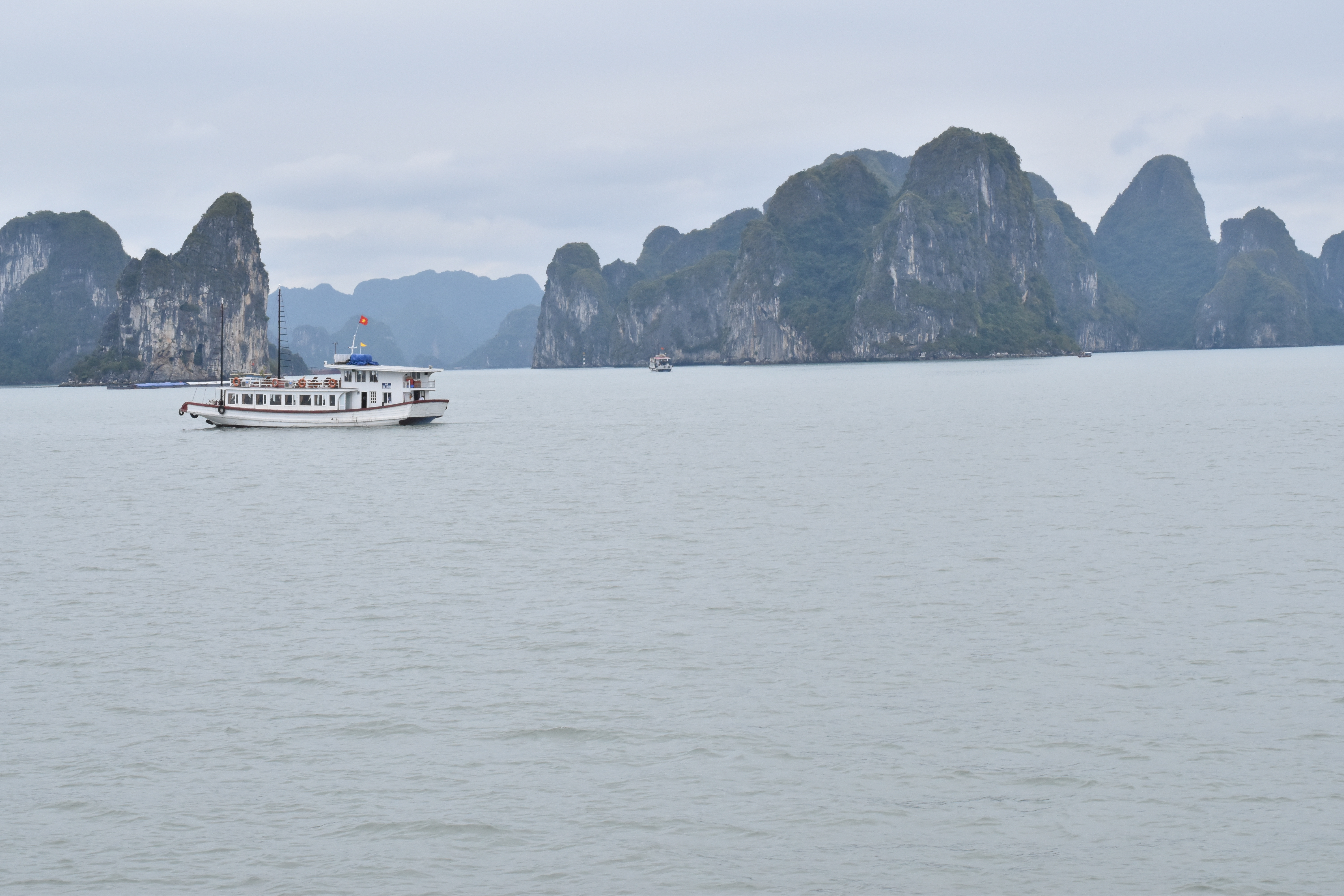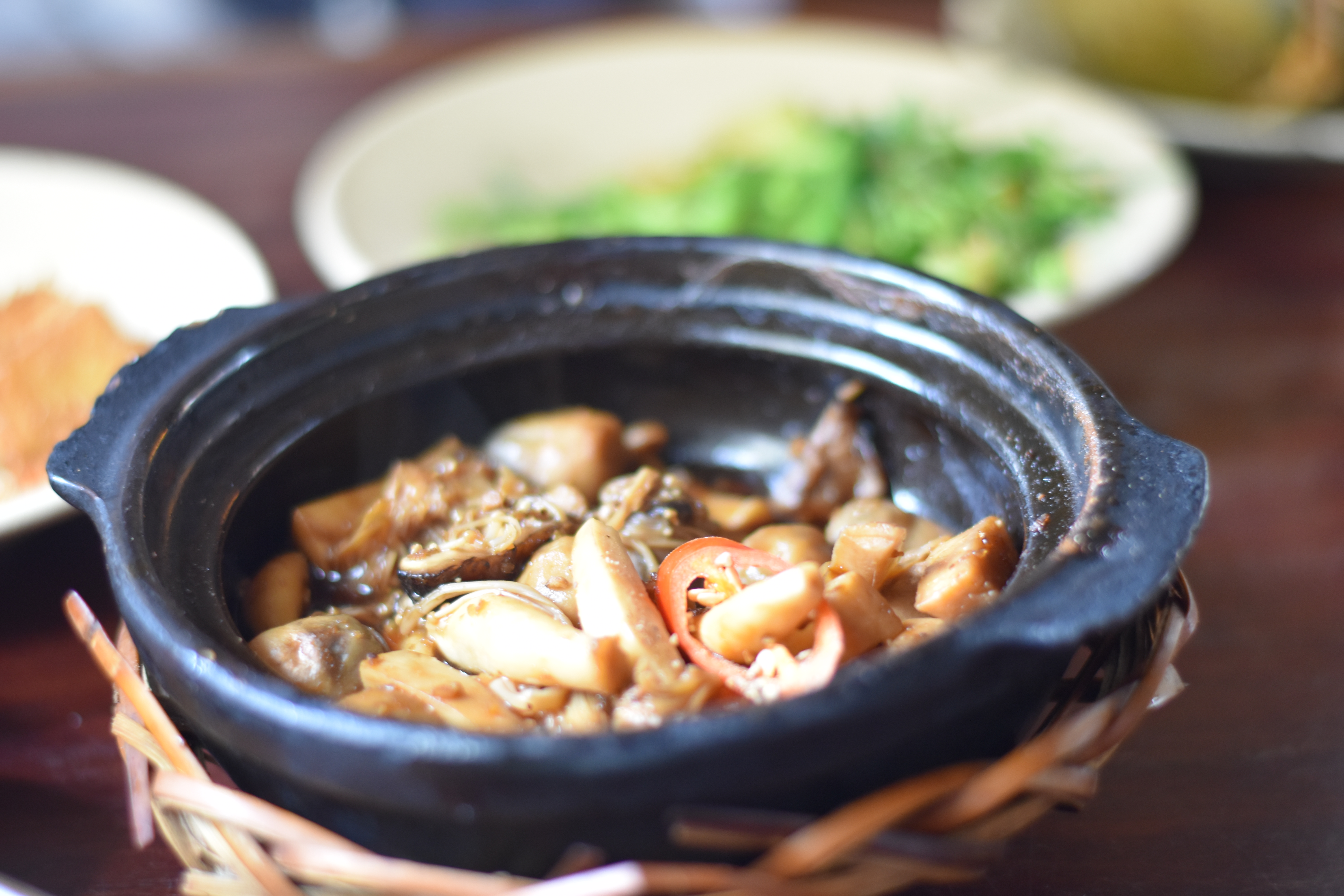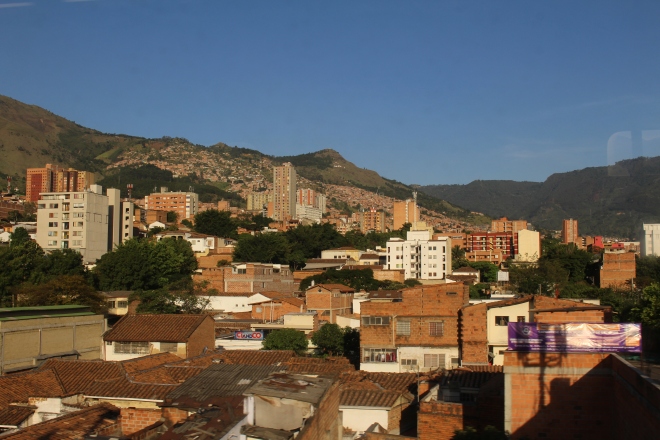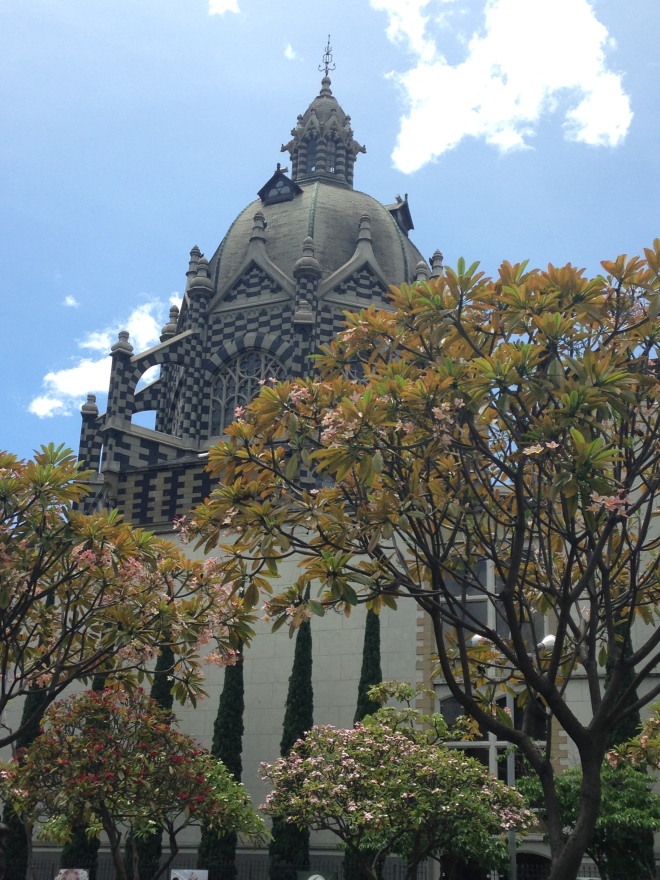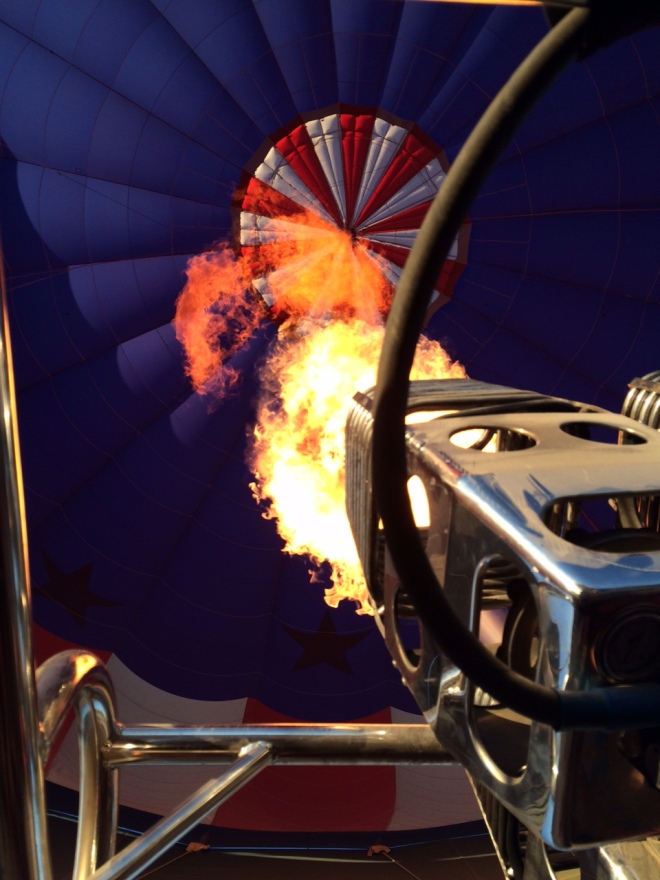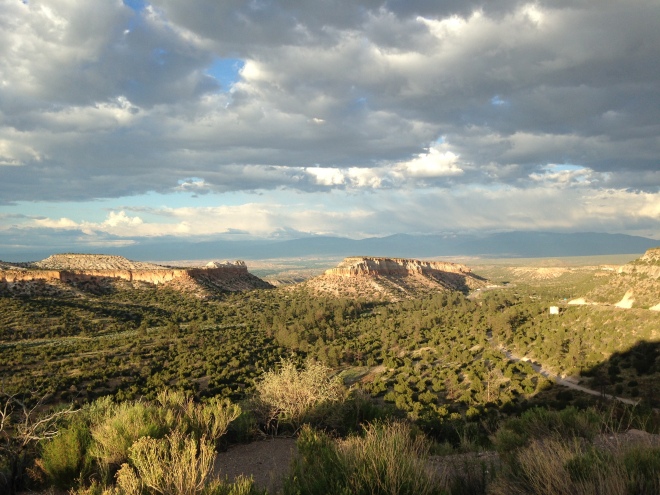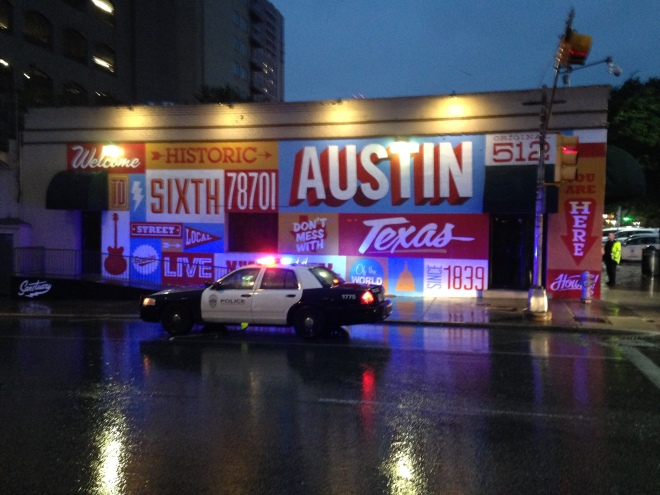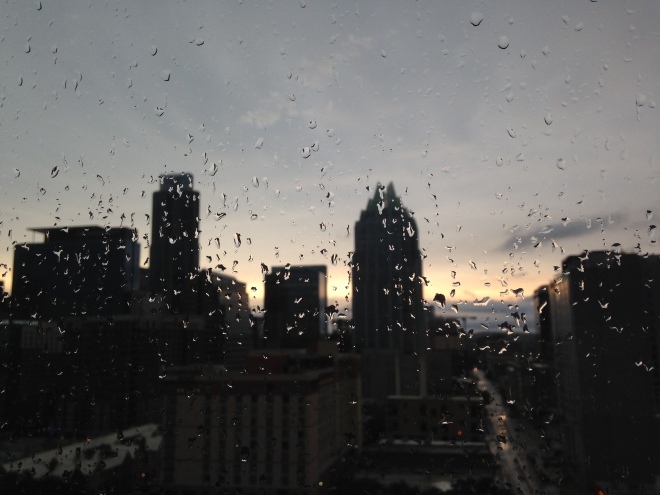I spooned the last of the dessert into my mouth, savouring the medley of macadamia and mandarin. Eating in Tasmania was spiritual. Everything felt rich, clean, and straight from the ground. The air smelled purer, the scenery more vibrant. We may have been in the bustling city of Hobart, but in Tasmania we were close to nature.
A few days before and a few hundred kilometres away at one of the southern-most points in Tasmania, the skipper on our boat smiled as he welcomed us aboard.
We’re in the wild!
I could see what he meant.
Months ago when we started planning our holiday we weren’t sure if we could make it all the way to Tasmania — it was a long flight from Mumbai — but both my husband and I were craving somewhere remote. In the last few years along with navigating the pandemic, we had been knee deep in parenting two kids. A faraway island, with reportedly 40% of its land as reserved forests and a population of about half a million people seemed just what we needed.
We started our trip in Launceston, where we hiked a trail up in Cataract Gorge followed by an exquisite meal at Stillwater. Particularly noteworthy was the Cape Grim beef carpaccio, pickled mushroom, slow cooked egg yolk, truffle aioli and crispy shallot. Most Tasmanian restaurants in true farm to table style, will proudly call out where the ingredients are from. We picked up our rental car and made our way to a farm stay in North-West Tassie.
From there we drove to Cradle Mountain National Park, where we hiked four hours to Cradle Mountain Lake, a glacier lake, nestled between jagged rocks. We ascended through a waterfall navigating knobbly trees bent-over by decades of gusting wind. We passed wombats, an echidna and occasional hikers on the route, and yet, it felt like we were the only ones there.


The next day we were in Bicheno on the east coast. We devoured the lobster roll at The Lobster Shack, slurped oysters with giant wedges of lemon at Melshell Oyster Shack. We stood in awe, watching little blue penguins and a wallaby, while they remained un-phased, having made this shared space their habitat.


We saw how humans could coexist beautifully with nature when respecting the land and sea. A conversations with a local park ranger at Freycinet National Park, and another with a passionate coffee entrepreneur in Salamanca Market taught me that people knew their positions as supporting actors rather than the heroes of this story. The idea that humans are a part of the environment and share a symbiotic relationship with nature has lived in this place for centuries. It is echoed by Indigenous voices on the island.
An Australian friend who is steeped in knowledge around sustainability, framed humanity’s success as the percentage of the world that is still left wild. A little more research taught me that unsurprisingly, there is a politicised and active debate around what amount of land should be developed in Tasmania, either for nature tourism or agriculture, versus being preserved untouched. While I believe my friend’s assessment about wilderness is correct, I could see the benefit of thoughtfully permitting tourists to experience a part of this natural splendour. As a mere visitor to these places that felt unchanged by the passage of time, I felt changed.
Back on that boat in southern Tasmania, we set off for the sea. Giant dolerite cliffs kissed the clouds, dwarfing us. Dolphins danced with seals in crystal blue waters while albatrosses skimmed the surface of the Tasman sea. Humpback whales, on their annual path of migration shot jets of water into the sky, and colonies of giant fur seals casually sunbathed on jagged rocks.
A single lighthouse sat perched on the edge, overlooking this inspiring landscape. We, humans, were insignificant observers – just as we should be.

——
Note: Special shout out to our Airbnb in Sheffield, it was beautiful, sustainable, and our host was lovely.


